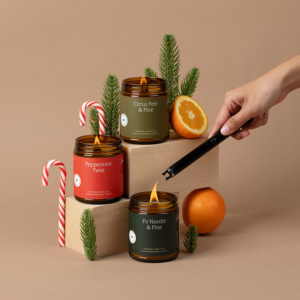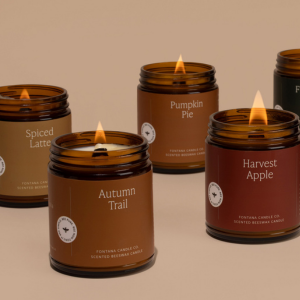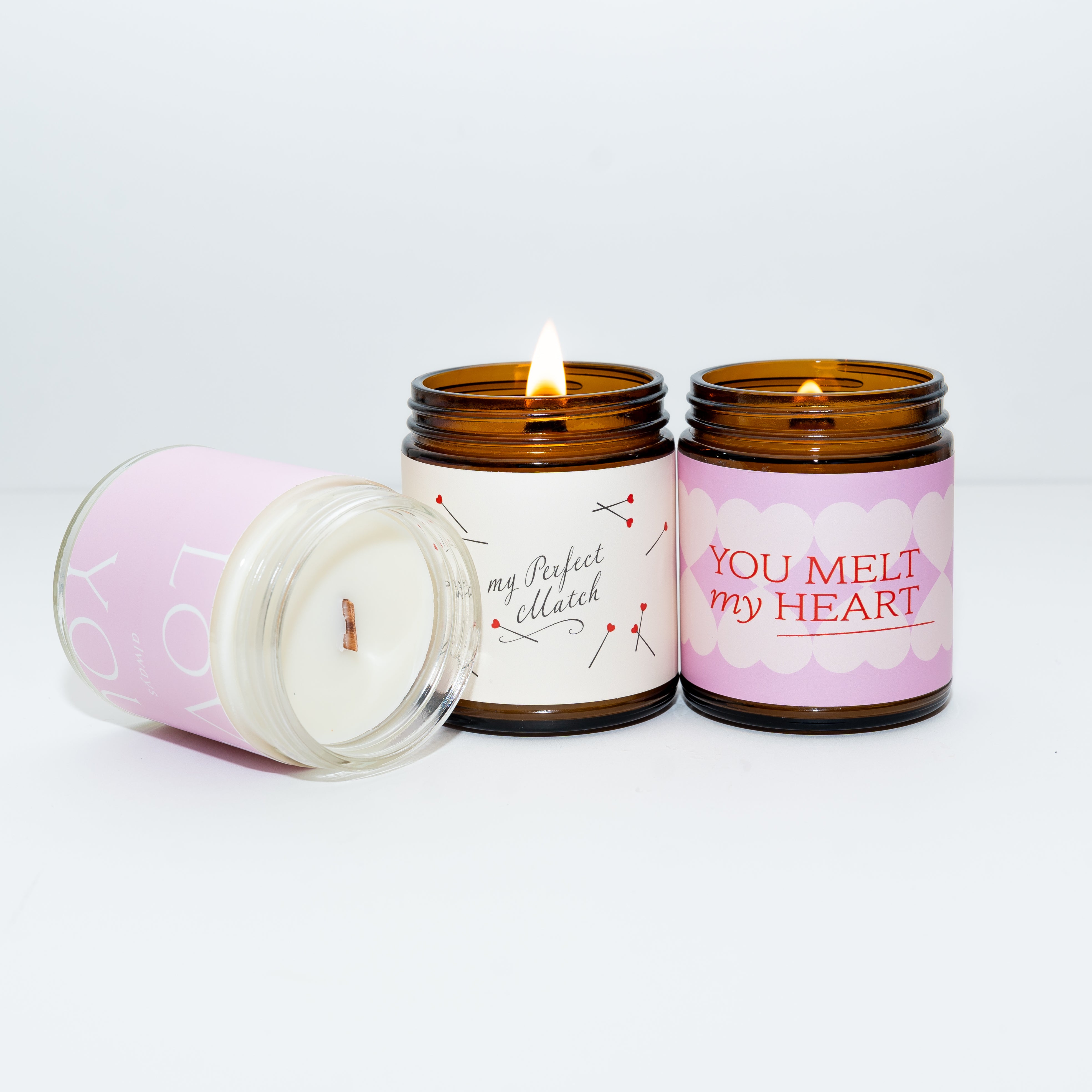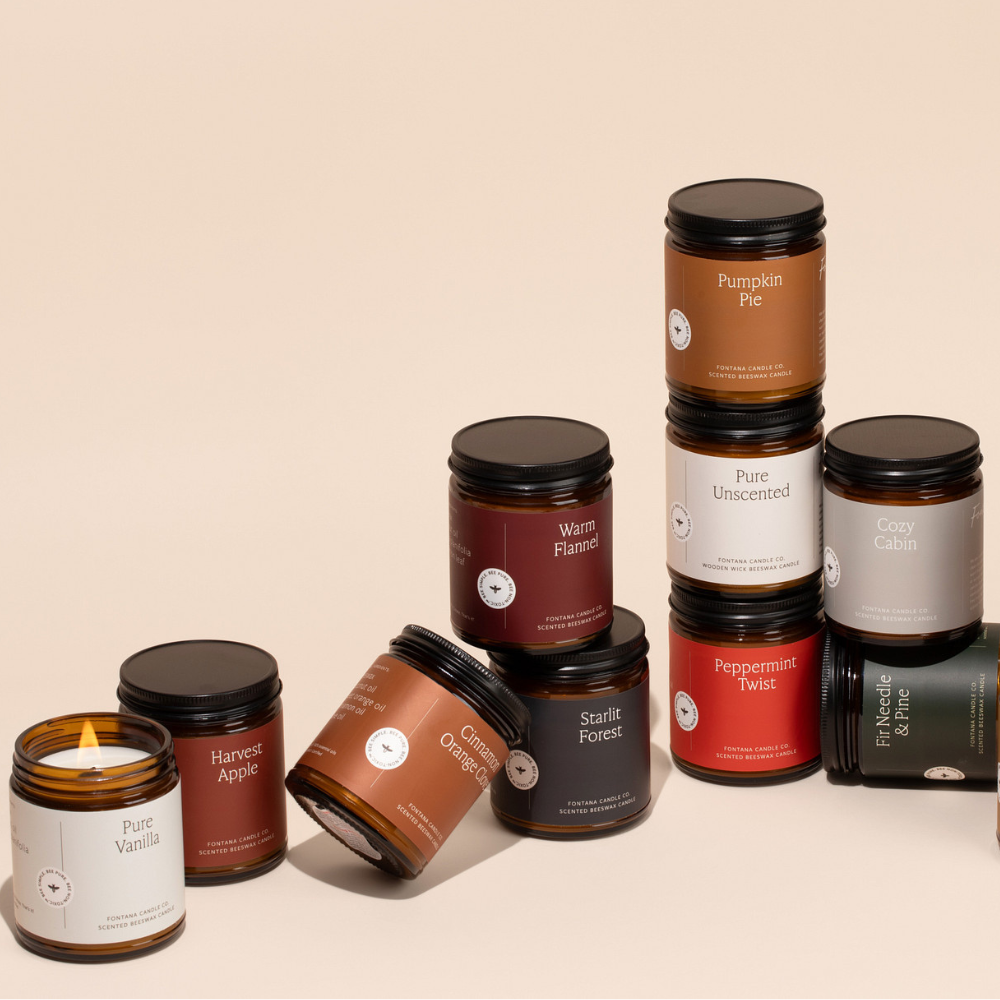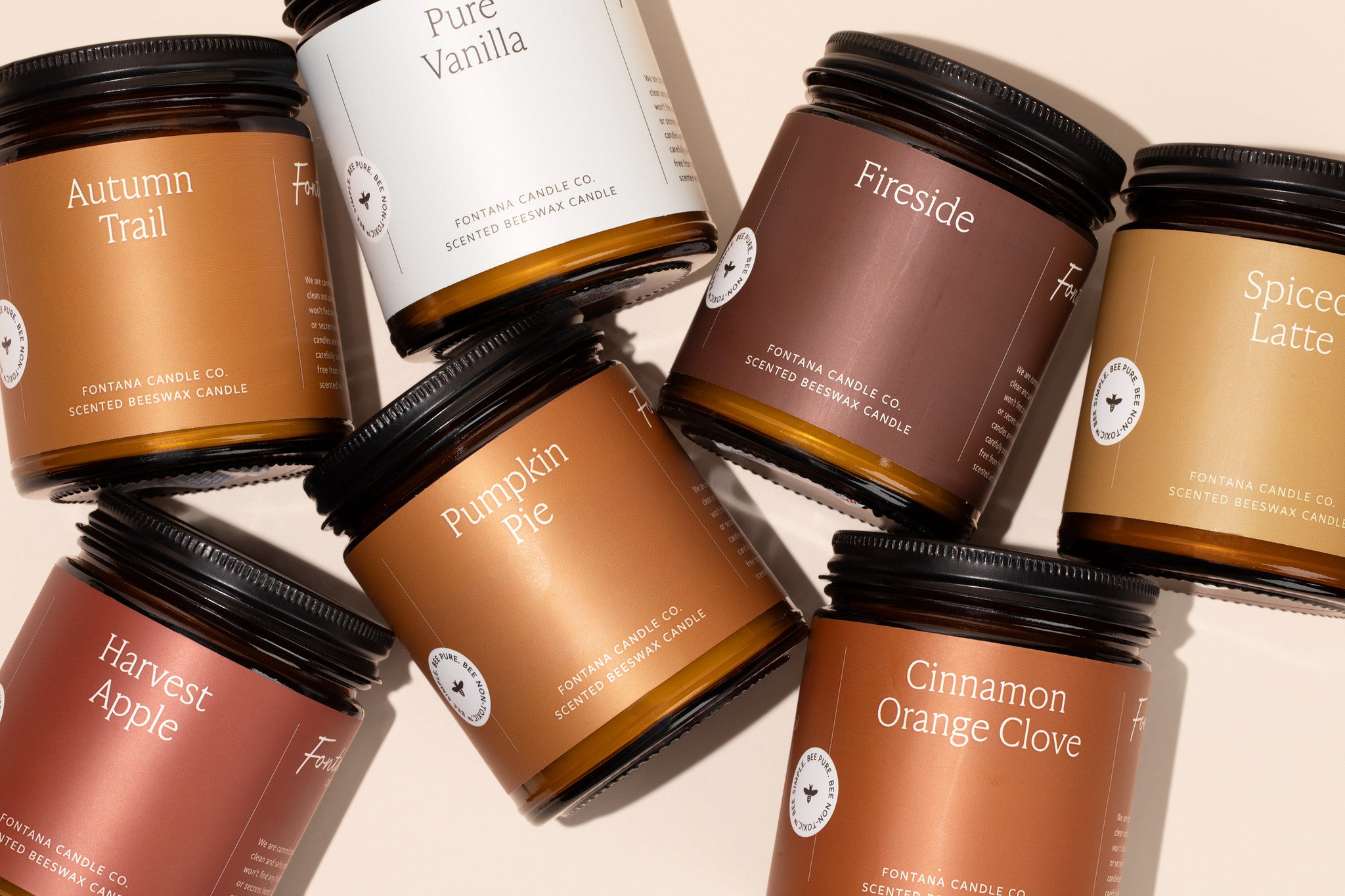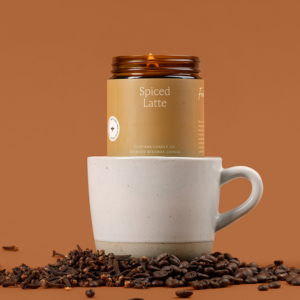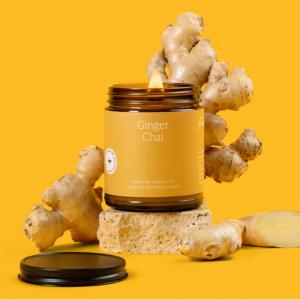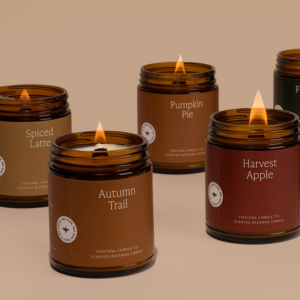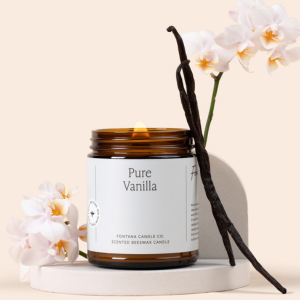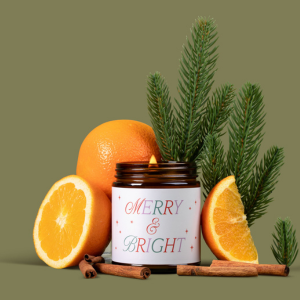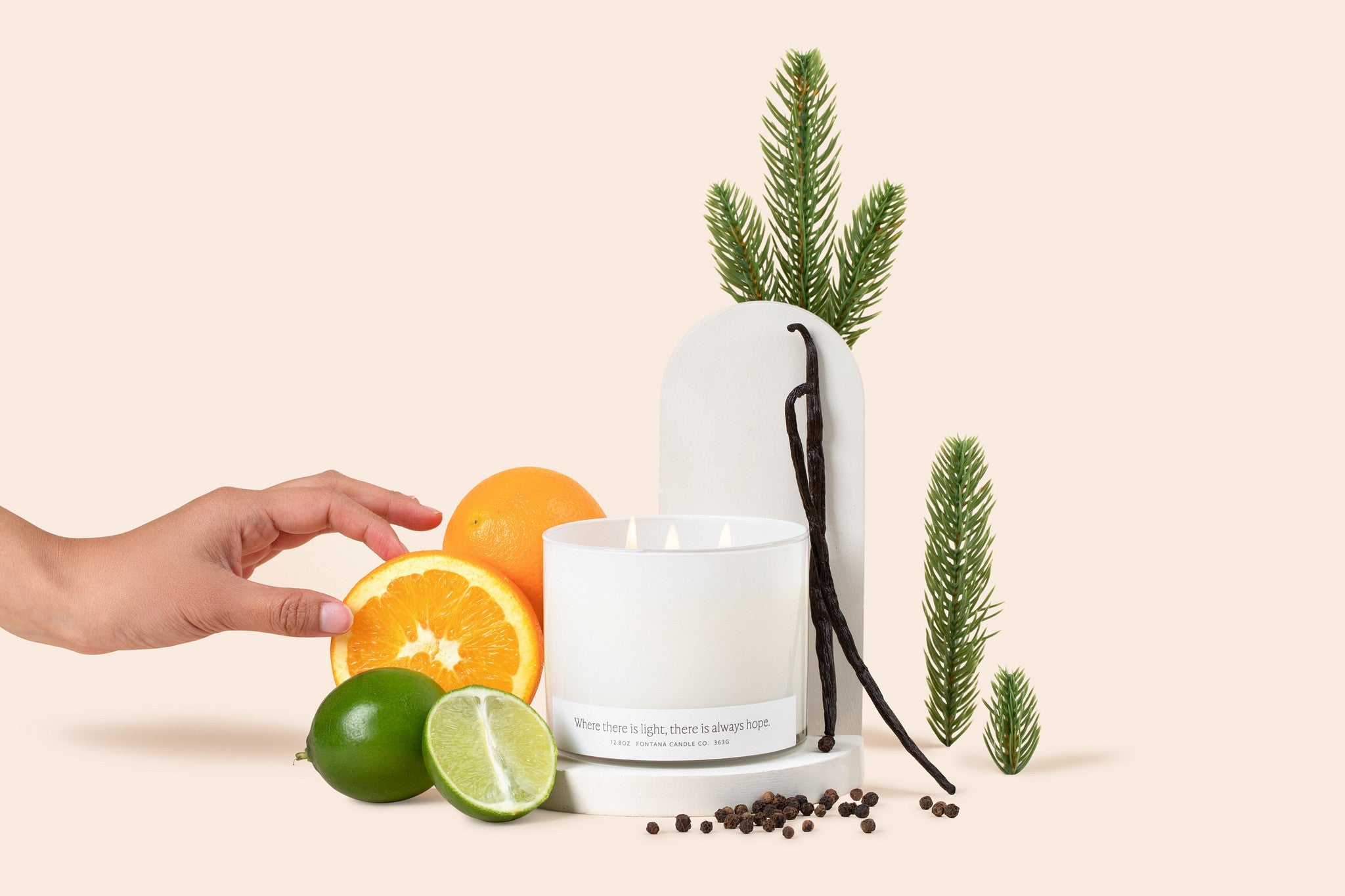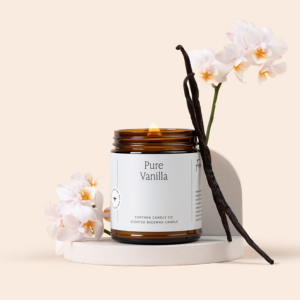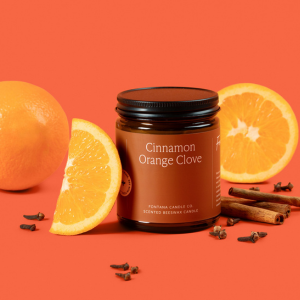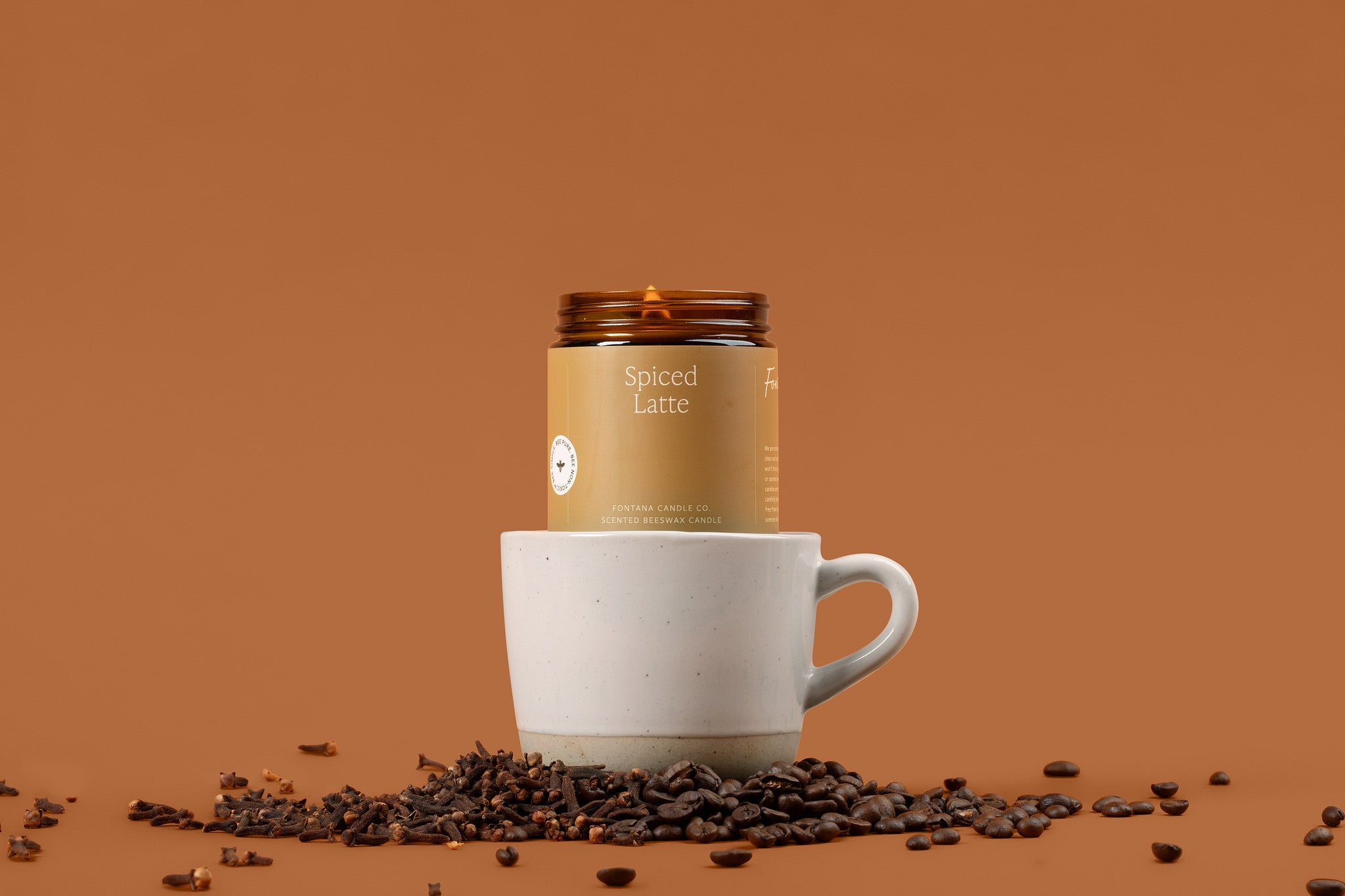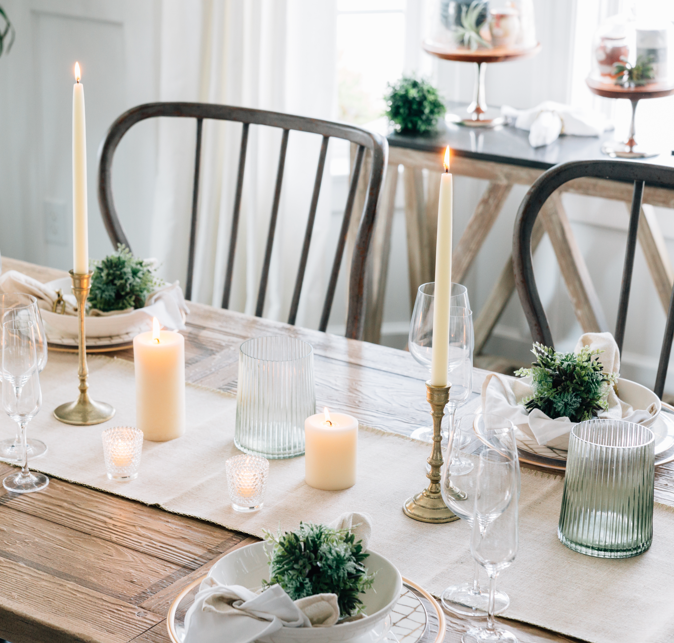The History of Candles

Candles have been an integral part of human history for over 5,000 years. Although their materials and purposes have evolved, candles have been crafted and used since the earliest days of civilization. The Ancient Egyptians and Romans are often credited with creating the first wicked candles.

Of course, candles weren’t always associated with relaxation or home scenting as they are now. For thousands of years, and even today in some traditions, candles served as sources of light in the dark or were central to religious ceremonies. Different civilizations developed their own unique methods for crafting candles. The Ancient Romans made their candles by rolling papyrus leaves into wicks and dipping them in beeswax or tallow. In ancient China, candlemakers used rolled rice paper as wicks and a blend of seeds and insects to create wax. In India, wax was made by boiling the fruit of the cinnamon tree.
One notable historical use of candles was during Hanukkah, the Jewish Festival of Lights, which dates back to around 164 BCE. Candles in a menorah are lit today for eight nights to commemorate the miraculous oil that burned far longer than expected. There are also references to candles in biblical times, particularly around Easter celebrations. These examples show just how deeply intertwined candles are with human culture, extending far beyond what we might imagine.
During the Middle Ages, tallow became the most common material for candle-making in Western societies. However, it wasn’t ideal—it produced a smoky flame and an unpleasant, beef-like odor when burned. Beeswax, although far superior with its clean burn and mild honey-like scent, was considered a luxury item affordable only to the wealthy.
It was also in the Middle Ages that candle-making became a recognized trade in England and France. Professional candlemakers, known as chandlers, would travel from house to house, crafting candles from animal fat provided by homeowners. Others operated small shops, selling pre-made candles to local communities.
Candle making first came to the Americas during Colonial times, but it wasn’t until the 1850s that the introduction of paraffin wax revolutionized the craft. Praised for its clean, odorless burn, paraffin quickly became the wax of choice. However, the invention of the lightbulb in 1879 marked a sharp decline in candle making, as candles were no longer essential for practical use.
While essential oils and incense had been used for centuries, scented candles only began gaining popularity during this period. As electricity replaced candles for lighting, they transitioned into luxury items, valued more for ambiance than necessity. Around the same time, the invention of synthetic fragrances began with coumarin, a compound derived from tonka beans. This paved the way for other cost-effective scents like jasmine, vanilla, and musk, which became staples in the candle industry.
In the early 20th century, the rise of U.S. oil companies and meatpacking industries provided new resources for candle making. Byproducts like paraffin and stearic acid were widely adopted, making candles more accessible. Decades later, alternative waxes such as soy and palm wax gained popularity in the 1990s as people sought more sustainable options.

In recent years, concerns have grown about the potential health risks linked to paraffin wax, pesticide-treated soy wax, and synthetic fragrances. At Fontana, we’re dedicated to reviving the timeless art of candle making by using only natural, clean ingredients—just as artisans did centuries ago. While modern advancements have introduced convenience, they’ve often come at the expense of health and wellness. Our mission is to embrace innovation without ever compromising our commitment to purity and transparency.
Exploring the history of candles has been a meaningful journey for us, one that feels like coming full circle. Over the centuries, candlemakers have experimented with various waxes and additives, but it’s both fascinating and deeply rewarding to see that the craft began with one of the same ingredients we proudly use today: beeswax. At Fontana, we honor this legacy while crafting candles that prioritize your well-being.


